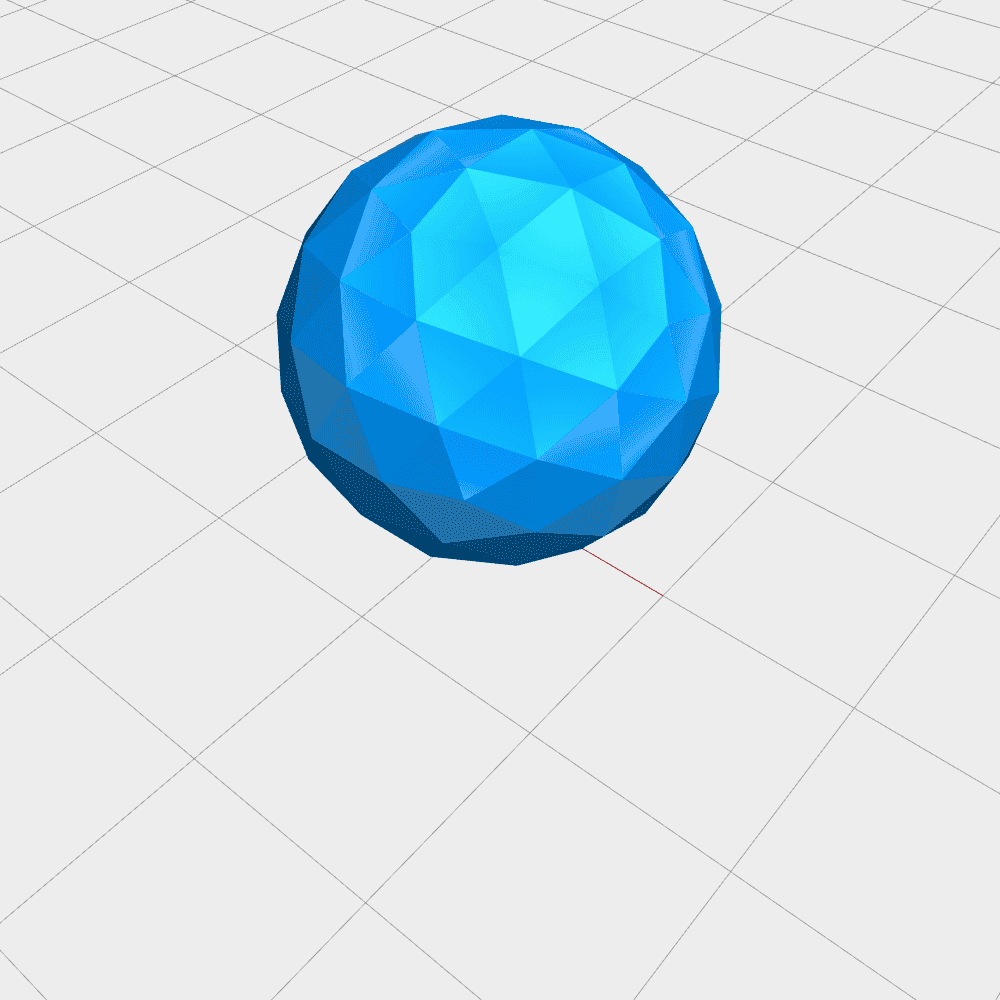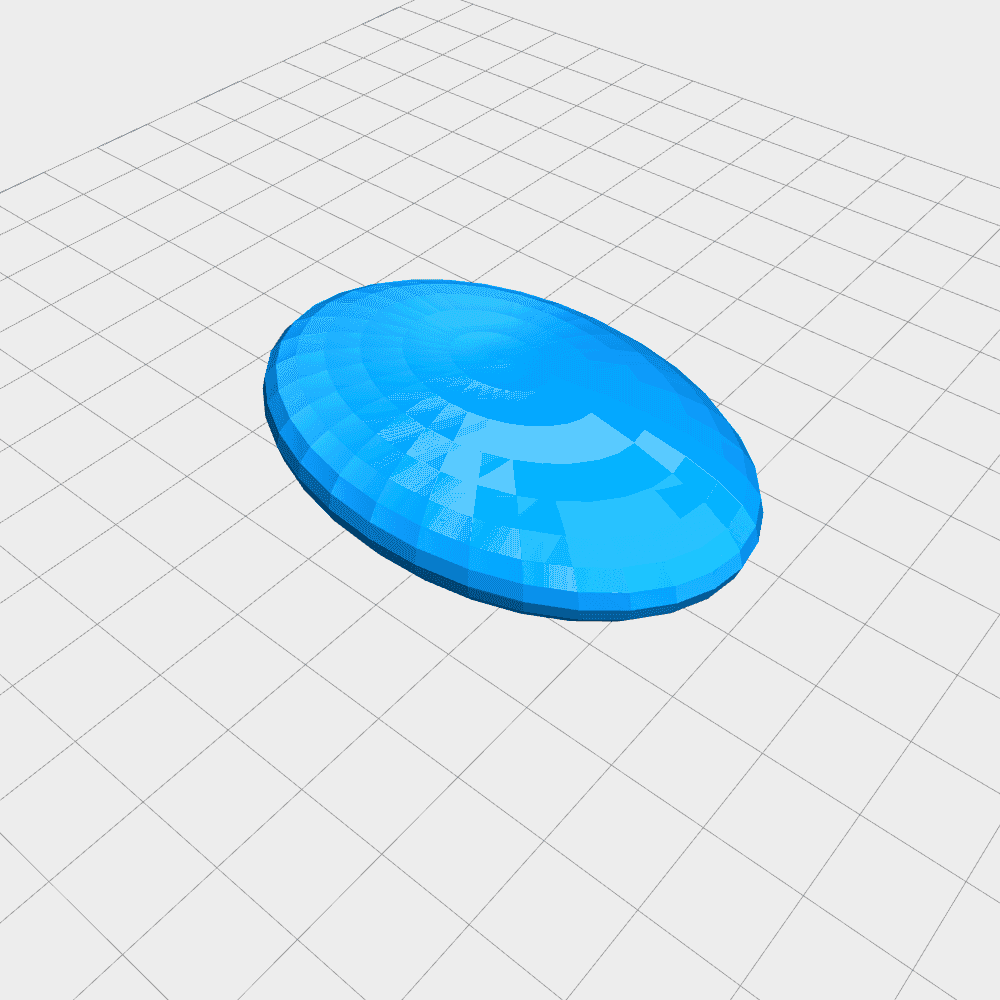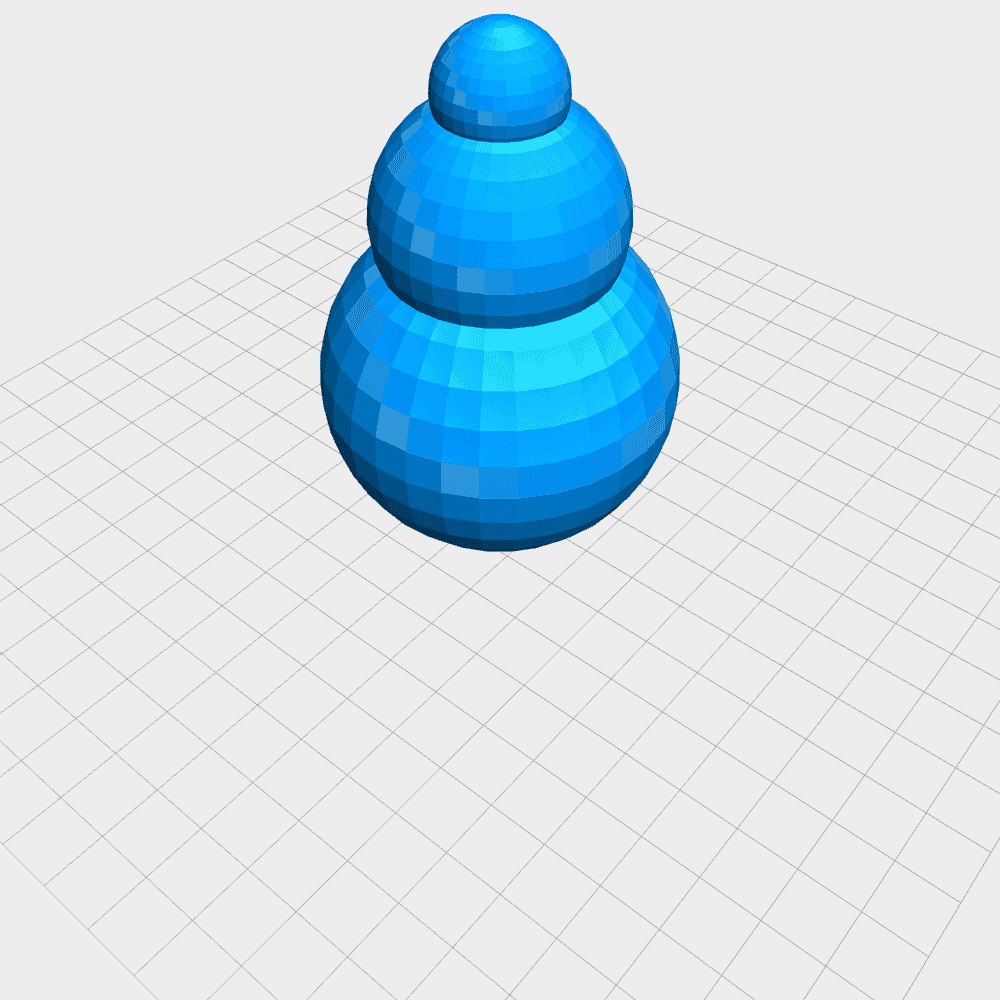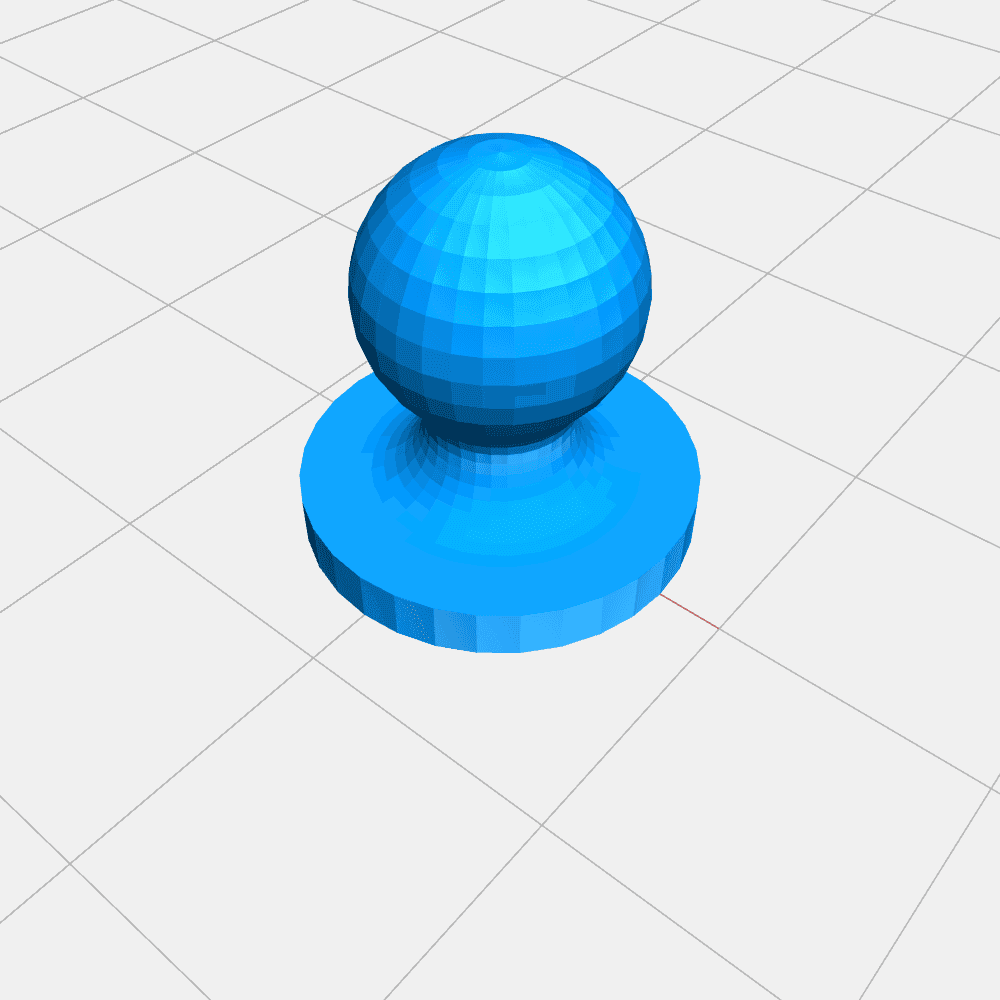Sphere
Edit source codeCreated by Andreas Riedmüller, 0 named parts, 4 child shapes
mm
The radius (which equals half the diamater) determines the size of the sphere. Segments specify the number of segments per full rotation.
A sphere is a three-dimensional shape where every point on the surface has the same distance from the center. It is ideally perfectly round in shape and has no corners or edges. It is a fundamental shape that appears throughout the natural world, for example the sun or the planets in our solar system. In art, spheres are used to represent unity, completeness, and infinity, and they have been featured in countless works of sculpture, painting, and architecture throughout history.
Spheres are useful in a variety of practical applications. They are used in engineering and construction, such as in the design of bearings or pressure vessels.
Spheres are also popular shapes for decorative objects, such as Christmas ornaments or necklaces, due to their symmetrical and pleasing appearance. They can be made from a variety of materials, including glass, metal, stone, and plastic.
Alternative names for spheres include: ball, globe, orb, and round polyhedron. No matter what you call it, the sphere remains one of the most iconic and versatile shapes in the world, with a long and fascinating history that continues to inspire artists, scientists, and engineers alike.
A sphere is a three-dimensional shape where every point on the surface has the same distance from the center. It is ideally perfectly round in shape and has no corners or edges. It is a fundamental shape that appears throughout the natural world, for example the sun or the planets in our solar system. In art, spheres are used to represent unity, completeness, and infinity, and they have been featured in countless works of sculpture, painting, and architecture throughout history.
Spheres are useful in a variety of practical applications. They are used in engineering and construction, such as in the design of bearings or pressure vessels.
Spheres are also popular shapes for decorative objects, such as Christmas ornaments or necklaces, due to their symmetrical and pleasing appearance. They can be made from a variety of materials, including glass, metal, stone, and plastic.
Alternative names for spheres include: ball, globe, orb, and round polyhedron. No matter what you call it, the sphere remains one of the most iconic and versatile shapes in the world, with a long and fascinating history that continues to inspire artists, scientists, and engineers alike.
Processing steps (work in progress)
This is a first version of an idea I had. You can add different modifiers to the generated shape. Currently there is only the drilling machine that can drill a hole in the center (origin) of the shape and rotate.
This is a first version of an idea I had. You can add different modifiers to the generated shape. Currently there is only the drilling machine that can drill a hole in the center (origin) of the shape and rotate.



